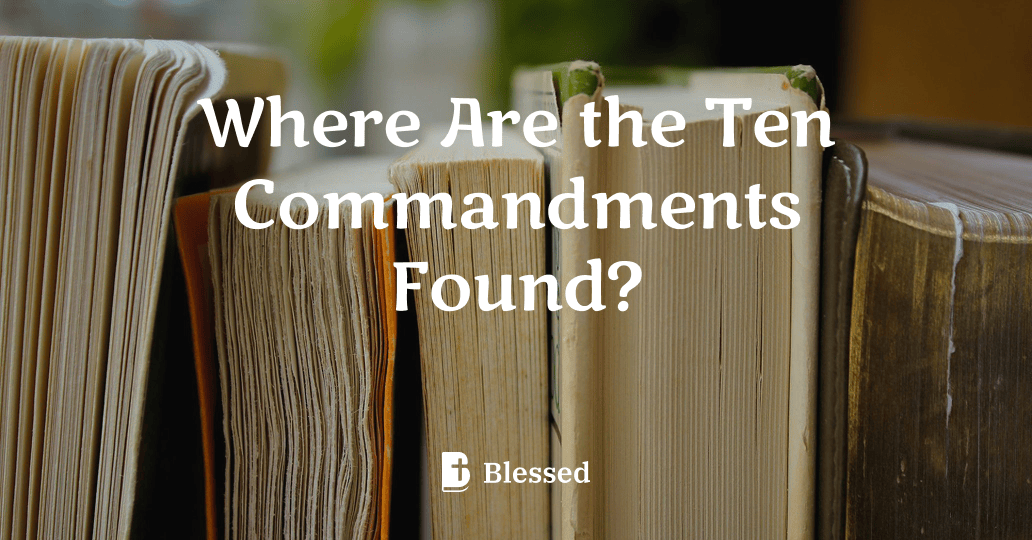Who Were Jesus’ Brothers?
- brothers
- jesus
- stepbrothers
- joseph
- james

Who Were Jesus’ Brothers?
Understanding the Term "Brothers" in the Bible
The term "brothers" of Jesus appears multiple times in the New Testament, sparking debates among scholars and theologians. In the original Greek texts, the word adelphoi is used, which can mean biological brothers, half-brothers, stepbrothers, or even close relatives.
Possible Identities of Jesus’ Brothers
- Biological Sons of Mary and Joseph: Some Christians believe Jesus had younger siblings born to Mary and Joseph after Jesus’ birth. Passages in Mark 6:3 mention James, Joses (Joseph), Judas, and Simon as Jesus’ brothers.
- Stepbrothers or Half-Brothers: Another view suggests these "brothers" were Joseph’s children from a previous marriage, making them Jesus’ stepbrothers.
- Cousins or Close Relatives: The Catholic and Orthodox traditions often interpret "brothers" as cousins or kin, emphasizing Mary’s perpetual virginity.
Who Were Jesus’ Notable Brothers?
The most well-known among Jesus' brothers is James, often called James the Just. He became a leader in the early Christian church in Jerusalem and is traditionally credited with authoring the Epistle of James in the New Testament.
Conclusion
While the exact relationship between Jesus and those called his brothers remains debated, they were important figures in the early Christian movement. Whether biological siblings, stepbrothers, or close relatives, these individuals contributed to the spread of Christianity after Jesus’ resurrection.

How Did Jezus Calm the Storm?
How Did Jesus Calm the Storm? The Setting of the Storm Jesus calming the storm is a powerful story found in the Gospels, illustrating His divine authority over nature. The event took place when Jesus and His disciples were crossing the Sea of Galilee. Suddenly, a fierce storm arose, causing the boat to be tossed by strong winds and waves, frightening the disciples. The Disciples' Fear As the storm intensified, the disciples became fearful for their lives. Despite their experience as fishermen, the force of the storm was overwhelming. They woke Jesus, who was sleeping, and cried out for His help, showing their desperation and lack of control over the situation. Jesus’ Response Jesus calmly rebuked the wind and the waves, saying, "Peace! Be still!" Immediately, the storm ceased, and the sea became perfectly calm. This miraculous act demonstrated Jesus' authority over the natural elements and reassured His disciples of His divine power. The Spiritual Significance This miracle is not only about controlling the storm but also symbolizes how Jesus brings peace in the midst of life's challenges. It teaches believers to trust in Him during difficult times, knowing He has power over all circumstances. Key Lessons from the Story: Faith over fear: Trusting Jesus can calm the storms in our lives. Jesus' authority: He has power over nature and all creation. Peace through Christ: True peace comes from relying on Him.
Blessed App
Where Are the Ten Commandments Found?
Where Are the Ten Commandments Found? Introduction to the Ten Commandments The Ten Commandments are a set of biblical principles relating to ethics and worship, which play a fundamental role in Judaism, Christianity, and Islam. They are traditionally believed to have been given to Moses by God on Mount Sinai. Location in Religious Texts The Ten Commandments are primarily found in two books of the Bible: Exodus 20:1-17 – This is the first and most detailed account where God delivers the commandments to Moses. Deuteronomy 5:4-21 – This is a restatement of the commandments as Moses reiterates them to the Israelites before entering the Promised Land. Physical and Cultural Locations Beyond the scriptures, the Ten Commandments have been depicted and displayed in various forms across history: Stone Tablets – Traditionally, the commandments were inscribed on two stone tablets handed to Moses. Religious Buildings – Many synagogues, churches, and temples display the commandments as part of their religious art and teachings. Public Monuments – Some countries have monuments or plaques featuring the Ten Commandments, reflecting their historical and cultural significance. Summary In summary, the Ten Commandments are found both in the Bible—specifically in the books of Exodus and Deuteronomy—and in various religious and cultural representations worldwide. They remain a cornerstone of moral guidance in many faith traditions.
Blessed App
How to Get Closer to God
How to Get Closer to GodDrawing closer to God is a journey of faith and commitment. It requires intentional actions to deepen your relationship with Him and align your life with His will. Here are practical steps to help you build a closer connection with God.1. Spend Time in PrayerPrayer is essential for communicating with God. It allows you to express gratitude, seek guidance, and share your heart. Jesus teaches in Matthew 6:6, “But thou, when thou prayest, enter into thy closet, and when thou hast shut thy door, pray to thy Father which is in secret.” Develop a consistent prayer routine to strengthen your relationship with Him.2. Study the BibleThe Bible is God’s Word and serves as a guide for understanding His character and plans. Regularly reading and meditating on Scripture helps you grow spiritually. Psalm 1:2 encourages believers to meditate on God’s law day and night. Consider using a reading plan or studying specific topics to deepen your understanding of His Word.3. Worship and PraiseWorship is an expression of love and reverence for God. Whether through singing, prayer, or reflection, worship helps you focus on His greatness. John 4:24 reminds us, “God is a Spirit: and they that worship him must worship him in spirit and in truth.” Make worship a part of your daily life.4. Obey God’s CommandsObedience is a sign of love and trust. Jesus said, “If ye love me, keep my commandments” (John 14:15). Living according to biblical principles demonstrates your commitment to God and aligns your life with His will.5. Serve OthersServing others is a practical way to reflect God’s love. Acts of kindness and compassion show His character to the world. Matthew 25:40 says, “Inasmuch as ye have done it unto one of the least of these my brethren, ye have done it unto me.” Look for opportunities to help those in need and contribute to your community.ConclusionGetting closer to God involves prayer, Bible study, worship, obedience, and service. By seeking Him with all your heart, you can experience His presence and grow in your faith (Jeremiah 29:13, James 4:8).
Blessed App
Are God and Jesus the Same?
Are God and Jesus the Same? Understanding the Relationship Between God and Jesus The question of whether God and Jesus are the same has been a central topic in Christian theology for centuries. It involves exploring complex doctrines about the nature of God and the identity of Jesus Christ. The Christian Perspective: The Trinity Most Christian denominations believe in the Trinity, which teaches that God exists as three persons in one essence: God the Father, God the Son (Jesus Christ), and God the Holy Spirit. This means Jesus is both fully God and fully human, distinct yet unified with God the Father. Key Points About the Trinity One God in Three Persons: Father, Son, and Holy Spirit share the same divine nature. Jesus as God the Son: Jesus is considered God incarnate, sent to Earth for salvation. Distinct Roles: Each person of the Trinity has distinct roles but works in harmony. Alternative Views Some groups reject the Trinity, believing Jesus is a created being or a prophet, not God himself. However, traditional Christianity holds Jesus as fully divine and one with God. Conclusion In summary, within mainstream Christianity, God and Jesus are not separate gods but one God manifested in three persons. Jesus is understood as God the Son, fully divine and fully human, making them the same in essence but distinct in personhood.
Blessed App